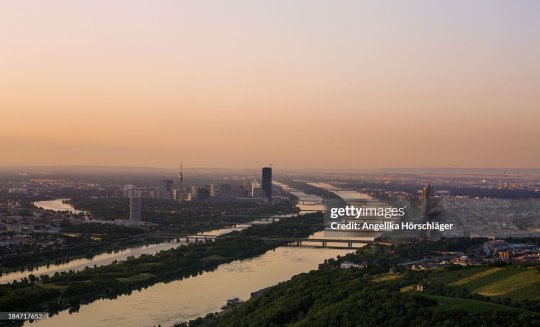#Kahlenberg
Text


Kahlenberg
Vienna, Austria
#Austria#35mm#analogue#film photography#photographers on tumblr#original photography#Kahlenberg#Vienna#vineyard#white wine#mountains#countryside#bucolic#golden hour#greenery#naturecore#cottagecore#vino#winery#travel photography
48 notes
·
View notes
Text
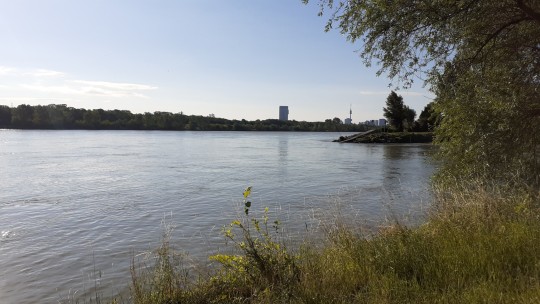
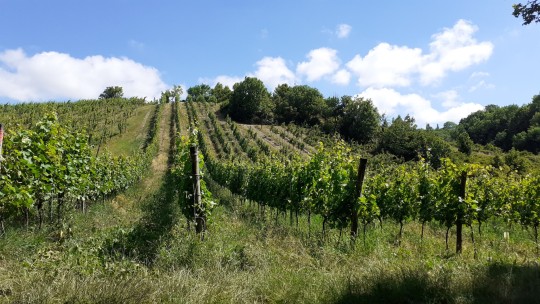



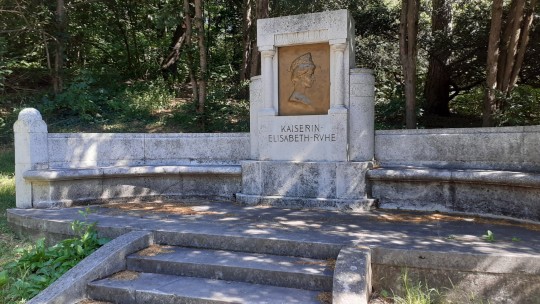
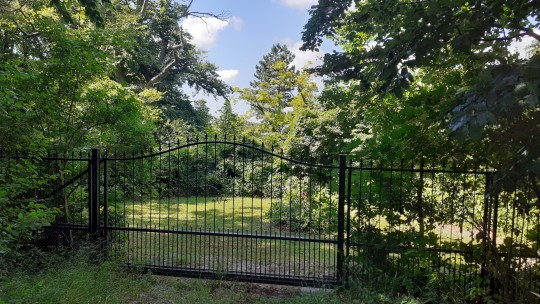
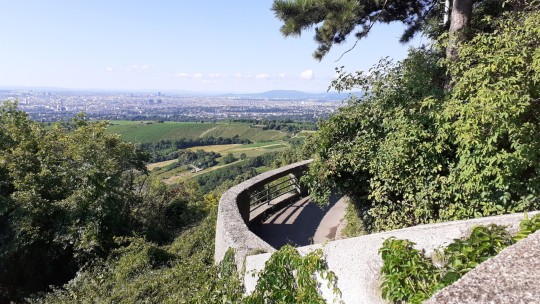

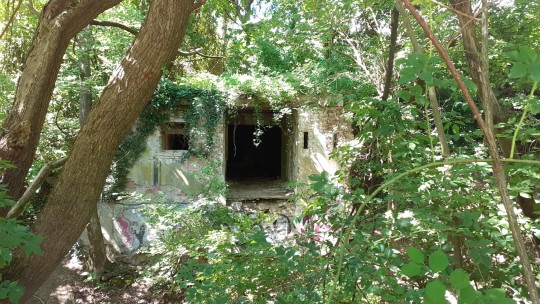
pics from hiking outside of vienna a week ago (july, 2022)
3 notes
·
View notes
Text
This day I hosted the first Groupride as Wiener Schotteria and I’m simply marveled how many people came. Something that is maybe translating from me to the Group, is the joy I’m having to host thouse grouprides and to see everyone enjoying the ride.
Let’s see where we are heading ✌️
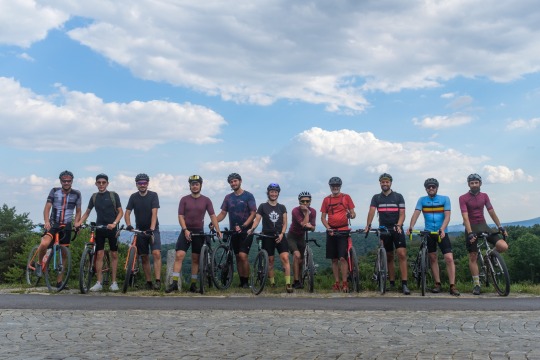
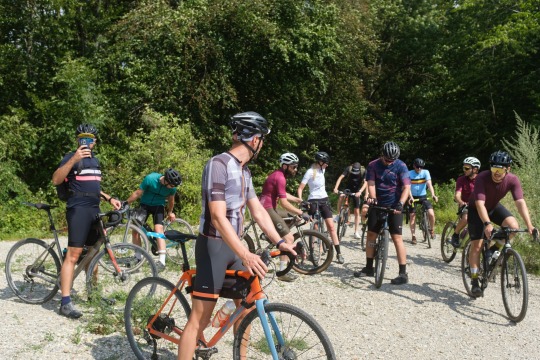
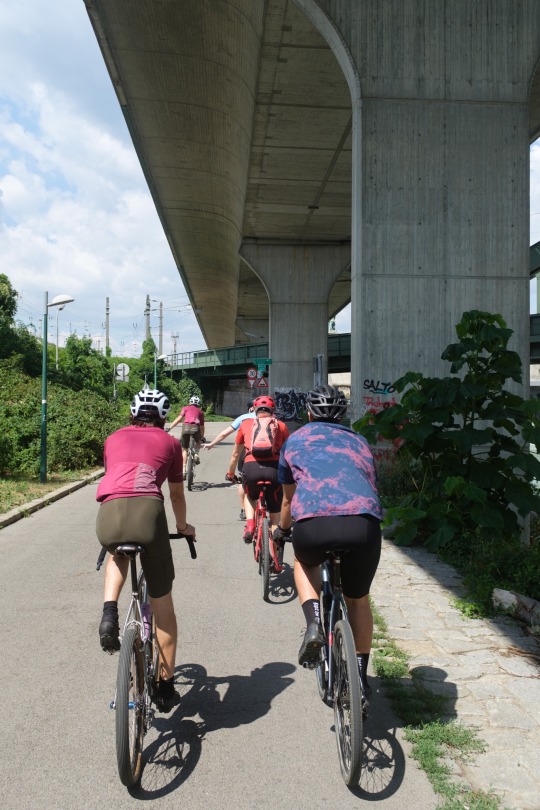
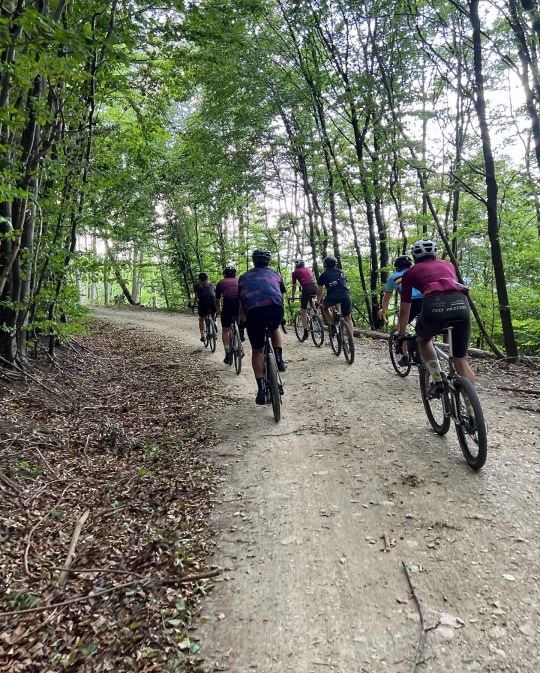
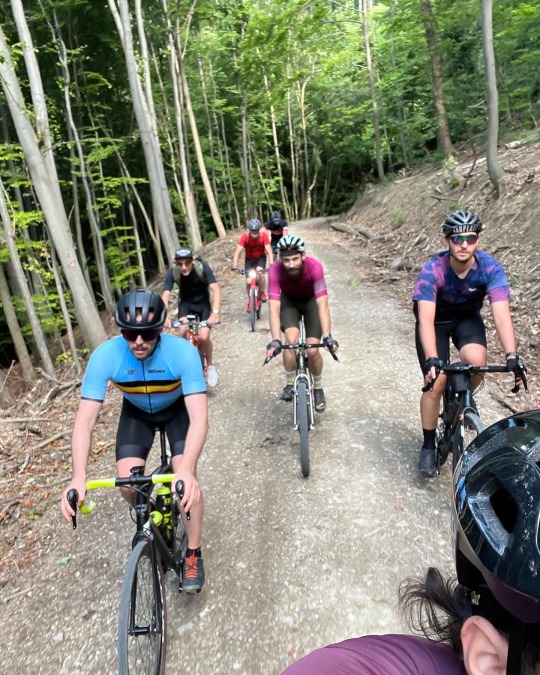
6 notes
·
View notes
Text


2 notes
·
View notes
Text
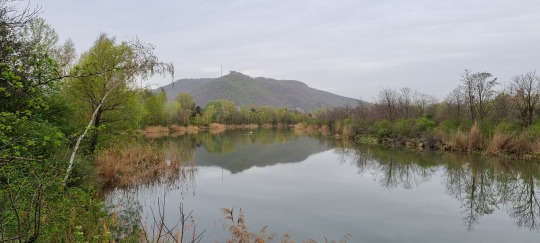

Vienna-Leopoldsberg (425 m) and Vienna-Kahlenberg (484 m), Austria, from the Marchfeld Canal in Vienna-Strebersdorf
Wien-Leopoldsberg (425 m) und Wien-Kahlenberg (484 m), Österreich, vom Marchfeldkanal in Wien-Strebersdorf aus
Вена-Леопольдсберг (425 м) и Вена-Каленберг (Вена-Лысая гора, 484 м), Австрия, с канала Мархфельд в Вене-Штреберсдорфе
Vienne-Leopoldsberg (425 m) et Vienne-Kahlenberg (484 m), Autriche, depuis le canal du Marchfeld à Vienne-Strebersdorf
March 30, 2024
#Vienna#Leopoldsberg#Kahlenberg#Austria#Marchfeld Canal#Strebersdorf#Wien#Österreich#Marchfeldkanal#Вена#Леопольдсберг#Каленберг#Лысая гора#Австрия#канал Мархфельд#Штреберсдорф#Vienne#Autriche#canal du Marchfeld#Saharastaub#Poussière du Sahara#Пыль Сахары#Sahara dust#March#März#Март#Mars#2024
1 note
·
View note
Text
3 years since...
Timelapse: February 13, 2021
#vienna#ari fink photography#urban nature#wien#wege#meine wege#timelapse#13.2.2021#the daily pointer#snow#winter#waldfriedhof#kahlenberg#ophelia#josefsdorf
0 notes
Photo

Fast Grell #usus #ususamwasser #sundown #flag #grelleforelle #strand #beach #kahlenberg #milleniumtower #wien #vienna #igersvienna #wienliebe #wiensyagram #viennablogger #oag #summer #sun (hier: USUS am Wasser) https://www.instagram.com/p/ChsiTSmMbCx/?igshid=NGJjMDIxMWI=
#usus#ususamwasser#sundown#flag#grelleforelle#strand#beach#kahlenberg#milleniumtower#wien#vienna#igersvienna#wienliebe#wiensyagram#viennablogger#oag#summer#sun
0 notes
Link
Síguenos en Instagram @revistadehistoria.es - Lee cada día nuevos Artículos Históricos GRATIS: https://revistadehistoria.es/registro-gratuito/ Kahlenberg la batalla que terminó con el segundo sitio de Viena
0 notes
Text
Tall Fences, Happy Neighbors and Unhappy Communities
Richard H. Kahlenberg is an idea machine, a writer on public policy who offers new and challenging takes on difficult problems. He has written on higher education, schools, affirmative action, teachers unions and more through books, journals and articles. A graduate of Harvard, college and law, his curiosity and desire for a fairer, more just America, drives his work. Kahlenberg’s latest effort,…

View On WordPress
0 notes
Text


Dr. Goebbels in conversation with the Italian Minister of Propaganda Dino Alfieri and Gustaf Gründgens at a meeting on the Kahlenberg near Vienna on the occasion of the Reich Theatre Festival on 06.06.1939
73 notes
·
View notes
Photo


Kahlenberg
Vienna, Austria
#Vienna#Austria#kahlenberg#35mm#analogue#film photography#vinyard#white wine#Vienna Woods#landscape photography#travel diary#vino#hiking#nature photography#wine country#original photography#tumblr photographer#photographers on tumblr#farmland#cottagecore
25 notes
·
View notes
Photo

The Great Turkish War or War of the Holy League (1683-1699) and its aftermath
« Atlas des guerres – Époque moderne », Autrement, 2023
by cartesdhistoire
In 1682, the Austro-Turkish war became inevitable: faced with collusion between Louis XIV, the Turks, and Hungarian revolts led by Thököly, an Austro-Polish alliance was formed.
150,000 Turks marched towards Hungary to besiege Vienna, reaching it on July 14. Polish leader Sobieski, arriving in September, imposed his strategy on a coalition army of 75,000 men: crossing the Danube and taking positions on the heights of Kahlenberg. The charge of Polish hussars on September 12 was thunderous, pushing all the way to the fleeing Grand Vizier's camp. Turkish losses were heavy, Vienna was liberated, Ottoman progress was disrupted, and the campaign ended with several more Polish victories.
The formation of the Holy League (with Venice in 1684 and Russia in 1686) allowed the resumption of the offensive by the imperialists: Pest was captured (October 1684), Buda as well, but with difficulty (September 1686), opening the road to Belgrade despite a Turkish counteroffensive resulting in the defeat of Mohacs (1687). Hungarian cities were conquered one by one, Transylvania came under Habsburg sovereignty, but the War of the Augsburg League diverted the imperial troops. A border was drawn on the Danube while Eugene of Savoy, fighting alongside the Imperials, won the Battle of Zenta in 1697. Peace was signed in 1699 (Treaty of Karlowitz): Hungary, Transylvania, and the Banat of Temesvar came under Habsburg domination; Podolia returned to Poland and Azov to the Russians.
The expansion of the Habsburgs continued thanks to their engagement on the side of Venice (Veneto-Ottoman war of 1714-1718). The victories of Eugene de Savoy (Petervarden in 1716, siege of Belgrade in 1717) marked the maximum expansion of the Habsburgs with the Treaty of Passarowitz in 1718 (some territories were returned after the Austro-Turkish War of 1737-1739, with the Treaty of Belgrade).
38 notes
·
View notes
Photo

Bus Shelter and Toilet Facility of the Kahlenberg Restaurant (1934-35) in Vienna, Austria, by Erich Boltenstern with Leopold Ponzen. Photo by Martin Gerlach jun.
#1930s#utilitarian architecture#modernism#modernist#architecture#austria#architektur#vienna#erich boltenstern#leopold ponzen
200 notes
·
View notes
Photo

“walked along the Danube” / Kahlenberg / Austria / ©julialametta
113 notes
·
View notes
Photo
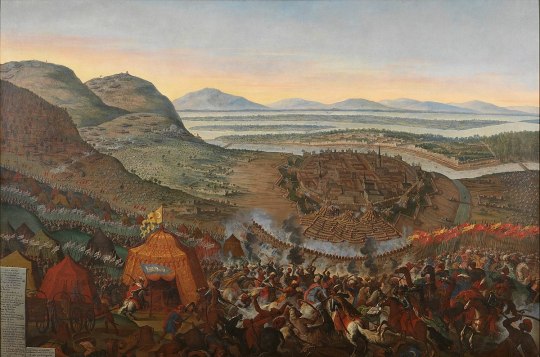
Frans Geffels - The relief of Vienna in 1683 - 1683-4
oil on canvas, height: 184 cm (72.4 in); width: 272 cm (107 in)
Vienna Museum at Karlsplatz, Austria
The Battle of Vienna took place at Kahlenberg Mountain near Vienna on 12 September 1683 after the imperial city had been besieged by the Ottoman Empire for two months. The battle was fought by the Holy Roman Empire (led by the Habsburg monarchy and the Polish–Lithuanian Commonwealth, both under the command of King John III Sobieski) against the Ottomans and their vassal and tributary states. The battle marked the first time the Commonwealth and the Holy Roman Empire had cooperated militarily against the Ottomans, and it is often seen as a turning point in history, after which "the Ottoman Turks ceased to be a menace to the Christian world". In the ensuing war that lasted until 1699, the Ottomans lost almost all of Hungary to the Holy Roman Emperor Leopold I.
The battle was won by the combined forces of the Holy Roman Empire and the Polish–Lithuanian Commonwealth, the latter represented only by the forces of the Crown of the Kingdom of Poland (the march of the Lithuanian army was delayed, and they reached Vienna after it had been relieved). The Viennese garrison was led by Feldzeugmeister of the Imperial Army (Holy Roman Empire) Ernst Rüdiger Graf von Starhemberg, an Austrian subject of Holy Roman Emperor Leopold I. The overall command was held by the senior leader, the king of Poland, John III Sobieski, who led the relief forces.
The opposing military forces were those of the Ottoman Empire and its vassal states, commanded by Grand Vizier Merzifonlu Kara Mustafa Pasha. The Ottoman army numbered approximately 90,000 to 300,000 men (according to documents on the order of battle found in Kara Mustafa's tent, initial strength at the start of the campaign was 170,000 men). They began the siege on 14 July 1683. Ottoman forces consisted, among other units, of 60 ortas of Janissaries (12,000 men paper-strength) with an observation army of some 70,000 men watching the countryside. The decisive battle took place on 12 September, after the arrival of the united relief army.
Historians maintain that the battle marked the turning point in the Ottoman–Habsburg wars, a 300-year struggle between the Holy Roman and Ottoman Empires. During the 16 years following the battle, the Austrian Habsburgs gradually recovered and dominated southern Hungary and Transylvania, which was largely cleared of Ottoman forces. The battle is noted for including the largest known cavalry charge in history.
Frans Geffels, known in Italy as Francesco Geffels (25 August 1624 – 18 February 1694) was a Flemish painter, printmaker, architect, stage designer and designer of ephemeral structures for solemn and festive occasions. After training in his native Antwerp, he was mainly active in Mantua, where he was prefetto delle fabbriche to the Duke, a role that gave him the direction of the artistic and construction activities undertaken by the Ducal court. He worked also on projects for the local aristocratic class of Mantua. In addition, he completed projects for the Liechtenstein princes and for the imperial court in Vienna.
He was both a canvas and fresco painter. He created portraits, history subjects, military scenes, architectural scenes and genre art, in particular merry companies. Geffels is mainly remembered as the designer of some of the key examples of Baroque architecture in Mantua.
21 notes
·
View notes
